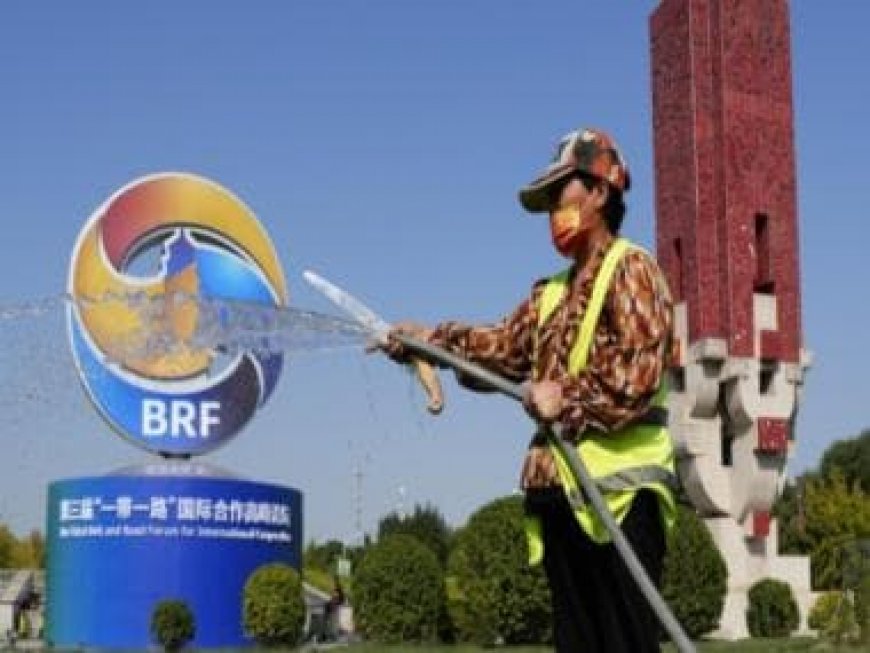How China's $1.34 trln loan to developing countries moved from bridges to bailouts
How China's $1.34 trln loan to developing countries moved from bridges to bailouts

According to a report by U.S. researchers at AidData, Chinese financial institutions lent $1.34 trillion to developing nations between 2000 and 2021, demonstrating the shift from infrastructure to rescue lending by the largest bilateral lender in the world.
China committed to almost $80 billion in loans and grants in 2021, despite the fact that lending commitments peaked at nearly $136 billion in 2016. The data, which includes nearly 21,000 projects in 165 low- and middle-income countries, is likely the most comprehensive of its kind.
Beijing has gained allies throughout the developing world thanks to overseas financing, but it has also drawn criticism from the West and some recipient nations, such as Zambia and Sri Lanka, who claim that the infrastructure projects they received from China left them with debt they were unable to pay back.
The data indicated that China’s overseas financing has shifted in both its sources and its focus.
China’s policy banks accounted for more than half of the lending when President Xi Jinping introduced the Belt and Road Initiative in 2013 with the goal of developing infrastructure throughout the developing world. They began to lose share in 2015, and by 2021, it had dropped to 22%.
Nearly all bailout lending in 2021 came from the People’s Bank of China and the State Administration of Foreign Exchange (SAFE), which is in charge of managing China’s foreign exchange reserves.
According to the report, a significant portion of China’s increasing rescue lending is expressed in renminbi, with loans made in Chinese money expected to surpass US dollars in 2020. Payment arrears to Chinese lenders have increased as well.
According to AidData, one method China uses to control repayment risk is through foreign exchange cash escrow accounts. The arrangement is contentious because it grants China debt seniority, which means that in the event of a coordinated debt relief programme, other lenders—including multilateral development banks—may receive payment later.
At its peak in June 2023, AidData identified 15 countries, mostly in Africa, with escrow accounts totaling a combined $2.5 billion.
Lead study author Brad Parks stated that because these accounts are typically kept confidential, they were unable to identify every one of them. However, he pointed out that they had discovered $614 billion in collateralized loans, and that cash was the primary form of collateral that Chinese lenders required. This suggests that the amount in escrow accounts may be significantly more than $2.5 billion.
Additionally, China is collaborating more with Western commercial banks and multilateral lenders. Syndicated loans accounted for half of its non-emergency lending in 2021, with Western banks and other international financial institutions contributing 80% of the total.
Additionally, Chinese loans abroad now go to different places. Loan commitments to European nations nearly tripled to 23% in 2021, while those to African nations decreased from 31% of the total in 2018 to 12%.
Loan commitments to African nations dropped to a 20-year low in 2022, according to a different dataset.
(With agency inputs)
What's Your Reaction?



























































